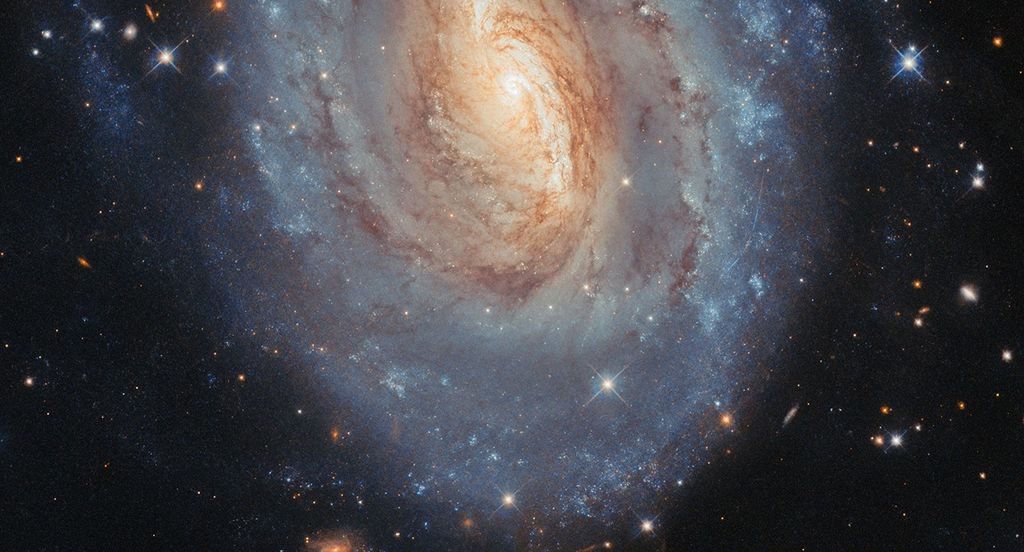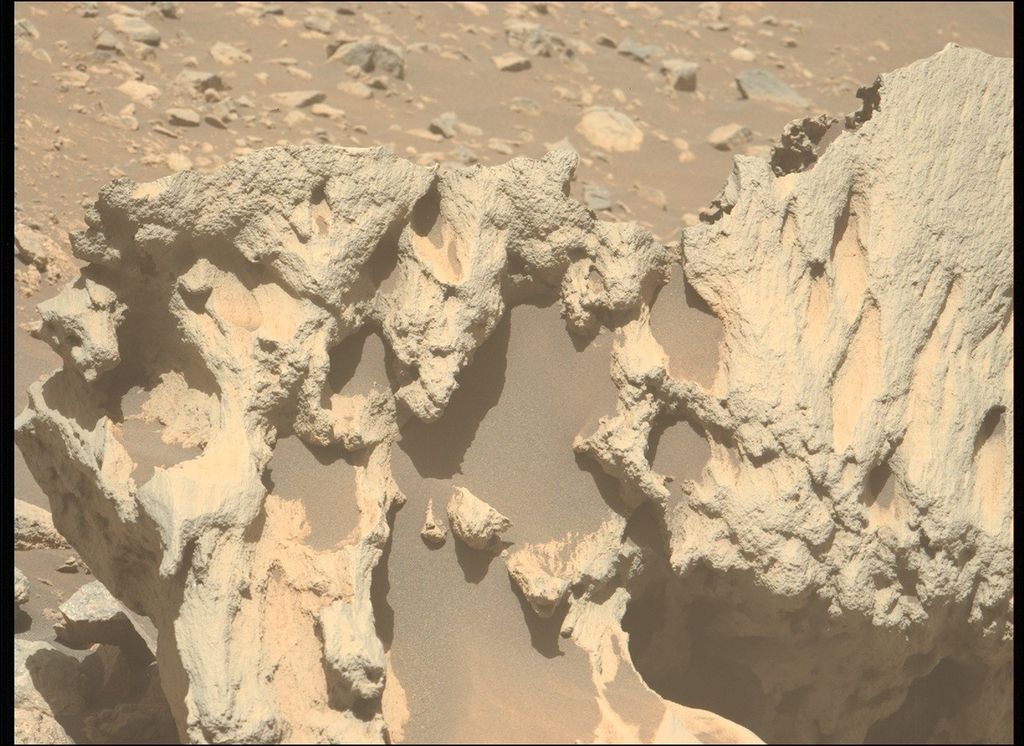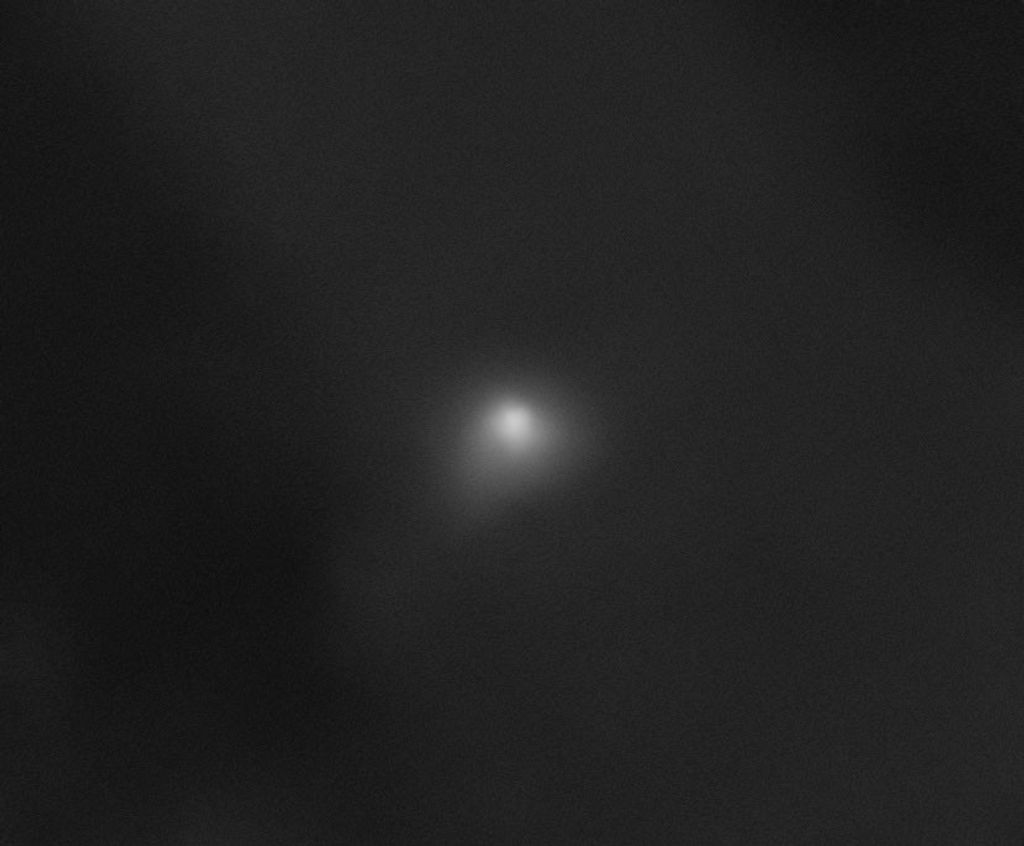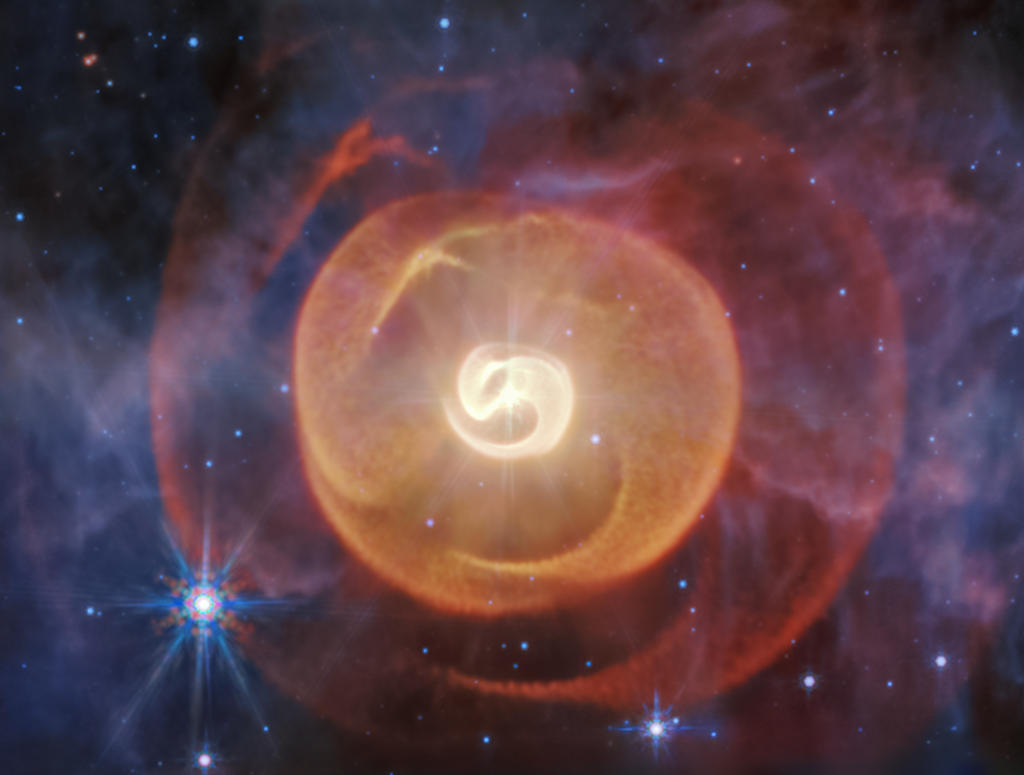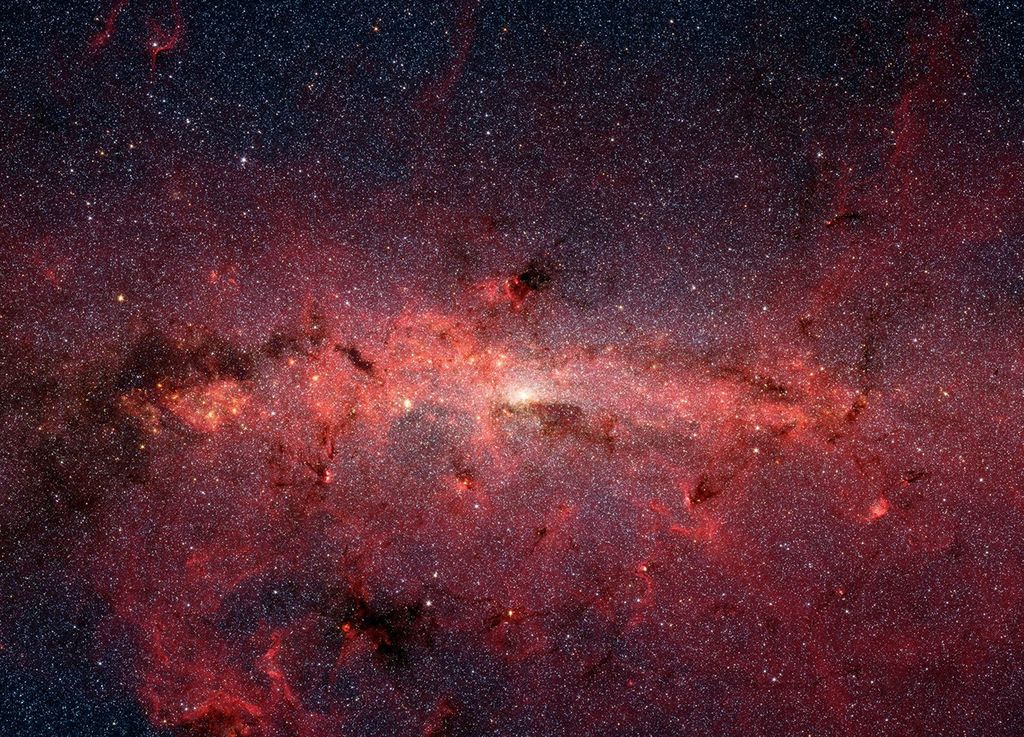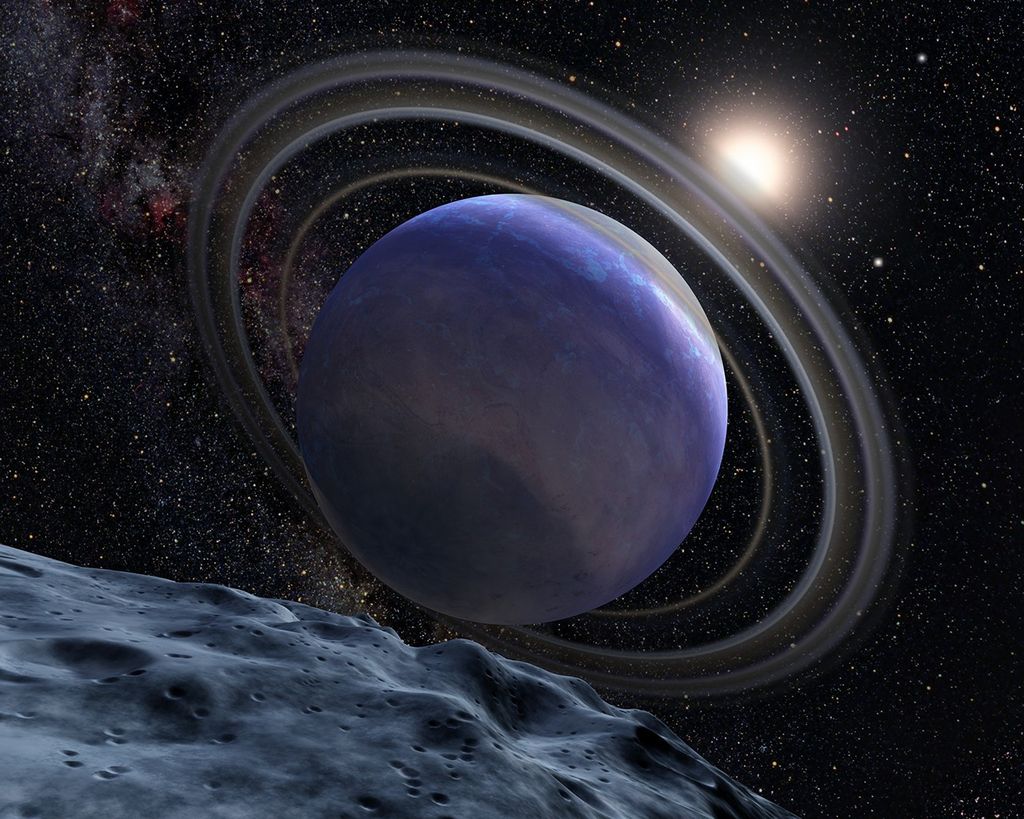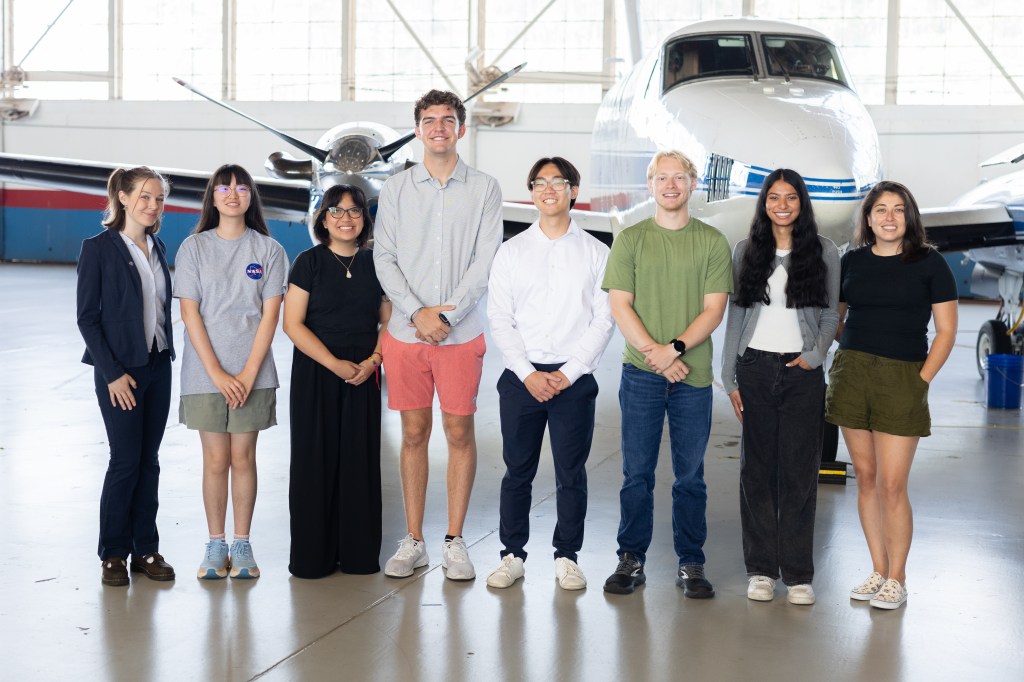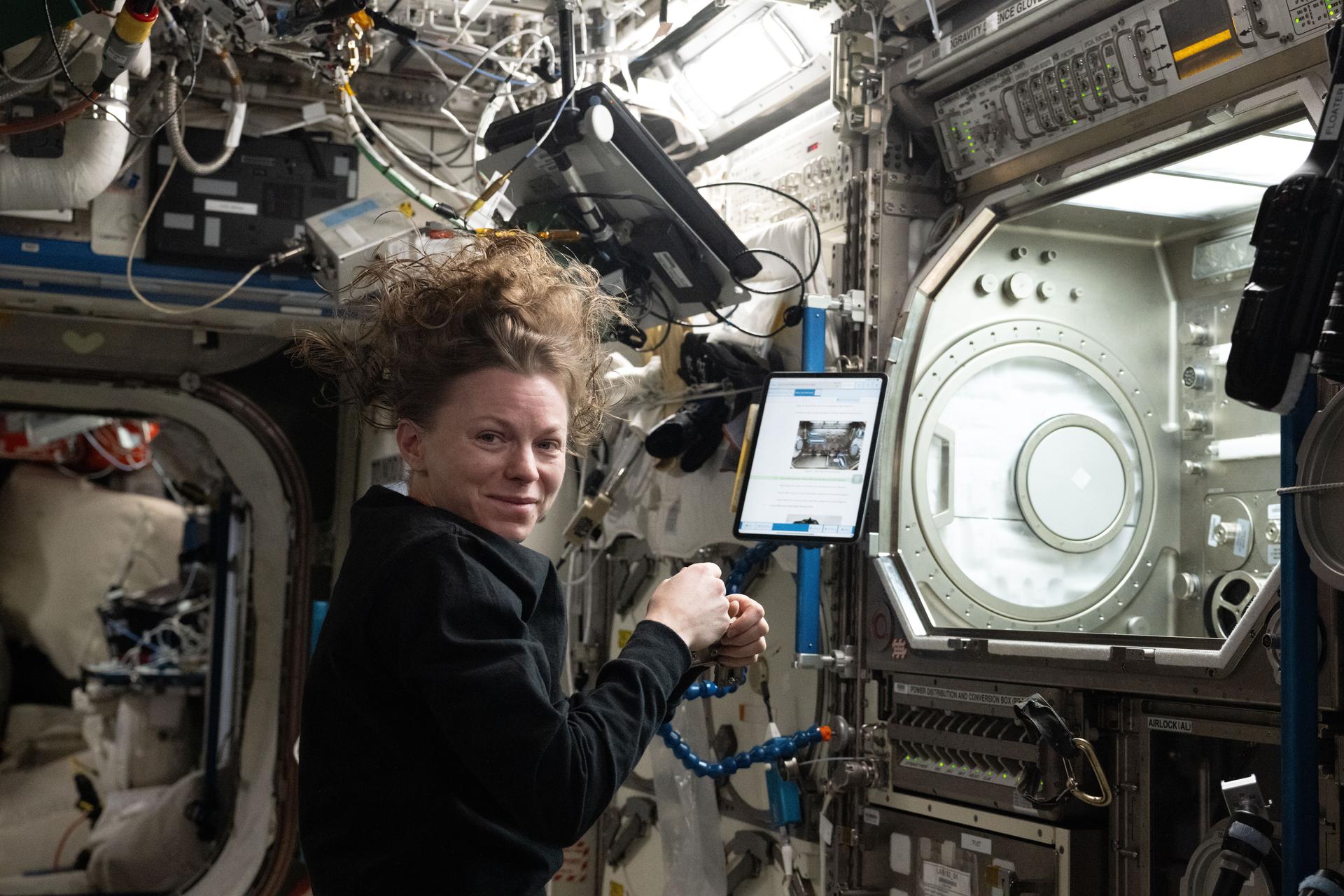Station Orbiting Higher as Exercise Research and Maintenance Continue
The International Space Station is orbiting higher today after the Progress 93 cargo spacecraft, docked to the Zvezda service module’s aft port, fired its engines for over 14 minutes, 7 seconds at 8:04 a.m. EST on Wednesday. The reboost increased the space station’s altitude by 1 mile at apogee and 2.3 miles at perigee, leaving the station in an orbit of 265.5 x 255.9 statute miles. The orbital reboost places the station at the correct altitude for the arrival late next week of the Soyuz MS-28 crew spacecraft carrying NASA astronaut Chris Williams and Roscosmos cosmonauts Sergey Kud-Sverchkov and Sergey Mikaev. The new trio will become part of the new Expedition 74 crew when NASA astronaut Jonny Kim and Roscosmos cosmonauts Sergey Ryzhikov and Alexey Zubritsky undock from the space station inside the Soyuz MS-27 crew spacecraft a few days later in early December.
Back on the orbital outpost, the Expedition 73 crew focused its science activities on exercise research and fluid physics, both benefitting humans living on and off the Earth. The space lab residents also maintained spacesuit and workout gear, reorganized cargo, and set up a sleep station to accommodate the visiting crew.
Kim began his shift jogging on the COLBERT treadmill and working out on the advanced resistive exercise device while wearing a sensor-packed vest and headband that tracked his cardiac activity for a second day. He also wore the Mobil-O-Graph that measured and recorded his blood pressure throughout Wednesday. Doctors are monitoring his health to understand how the cardiovascular system adapts to space and testing the effectiveness of portable biomedical devices in space.
Afterward, Kim installed and configured the crew alternate sleep accommodation inside the Columbus laboratory module that will temporarily house a new crew member after their arrival late next week. Expedition 73 will expand to 10 crew members for a few days after the Soyuz MS-28 mission arrives. Kim will then return to Earth with Ryzhikov and Zubritsky completing an eight-month space research mission as Expedition 74 begins.
NASA Flight Engineer Mike Fincke continued studying how particles behave inside fluids setting up samples inside a fluorescence microscope to be observed by scientists on the ground. Results may inform commercial in-space manufacturing techniques and improve optical materials and pollution removal operations. Fincke later replaced life support components on a spacesuit inside the Quest airlock.
NASA Flight Engineer Zena Cardman also worked on spacesuit components photographing and packing suit hardware for return to Earth next month inside the Soyuz MS-27. Cardman also joined Flight Engineer Kimiya Yui from JAXA (Japan Aerospace Exploration Agency) and rearranged cargo packed inside the Permanent Multipurpose Module to create more stowage space. Yui spent most of his shift continuing to unload science and supplies delivered in September aboard Northrop Grumman’s Cygnus XL cargo spacecraft.
Cardman then joined Kim and Fincke at the end of their shift on Wednesday and called down to mission controllers and discussed upcoming maintenance on the COLBERT treadmill. The complex work will require temporarily removing the station’s toilet in the Tranquility module to access thermal control system hoses connected to COLBERT for replacement.
Roscosmos cosmonauts Sergey Ryzhikov and Alexey Zubritsky worked on a second station treadmill located inside Zvezda. The duo checked the tension and adjusted belts and shock absorber cords on the exercise device. Roscosmos Flight Engineer Oleg Platonov spent his shift inside the Nauka science module servicing orbital plumbing and life support systems.
Learn more about station activities by following the space station blog, @space_station on X, as well as the ISS Facebook and ISS Instagram accounts.
Get the latest from NASA delivered every week. Subscribe here.

